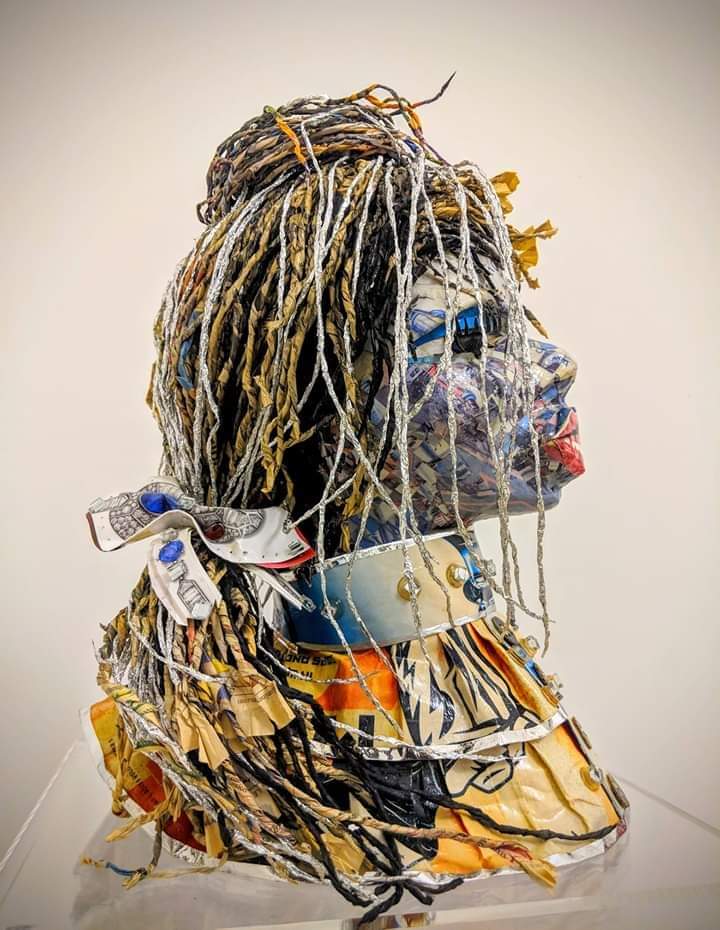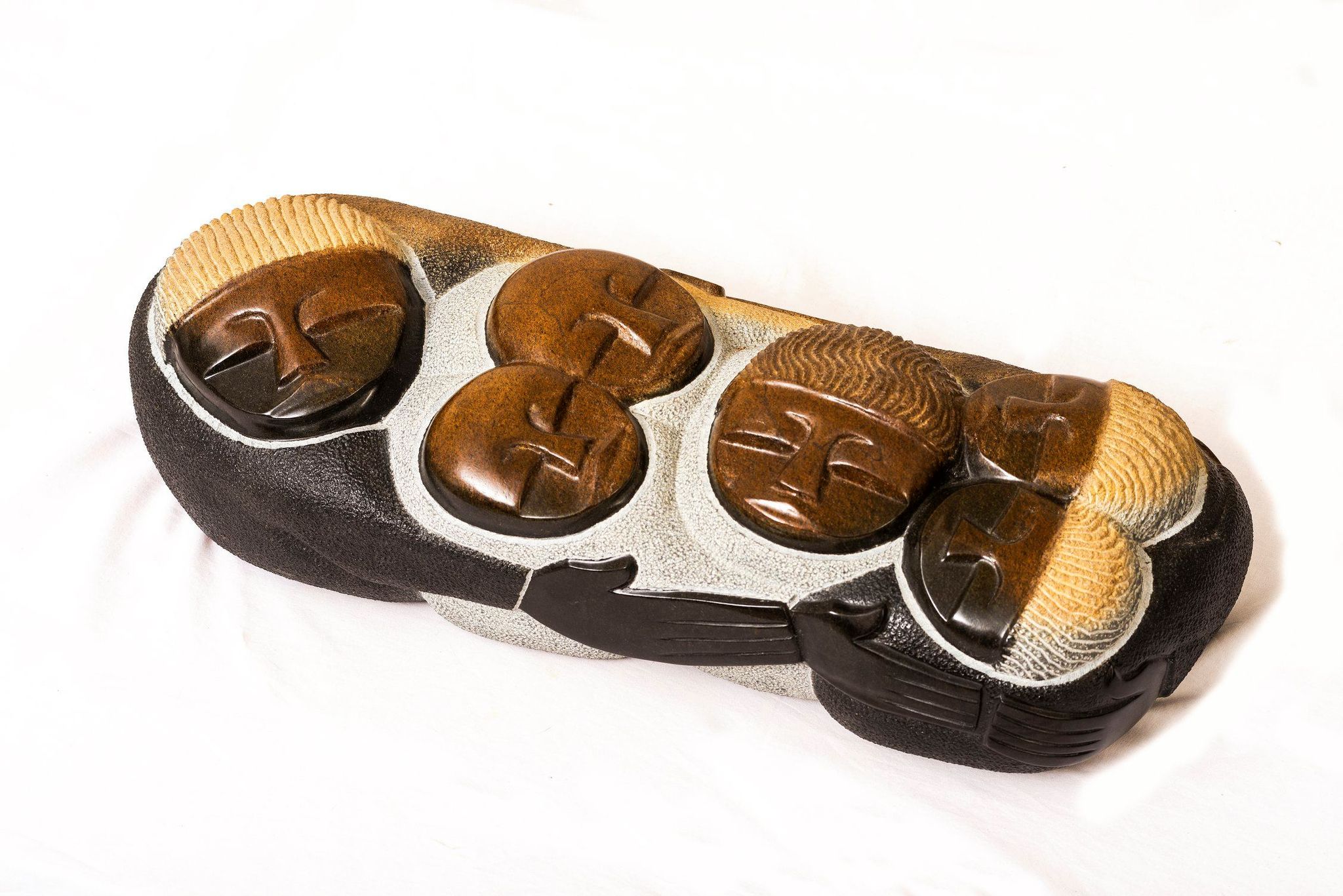Collecting is a hobby whether it be art, watches or cars. It’s also a sign of wealth and success. Investment in art can also help you maximize your wealth. But a recent survey from Artnet.com gives light of the most common motives for collecting: aesthetic value – 62%, an asset expected to value over time – 49%, art appreciation is a family value – 31%, enjoy being part of the art world – 20%, safe haven in volatile markets – 16%, a sign of my wealth and success – 13% and finally, an asset to be sold for quick profit – 13%. As an art advisor, I am sharing the artistic journey of collectors and everytime it tells a different story.
To support a specific artist and being part of the art world
Art collectors want to connect with an artist and support his deep passion for the arts, they take it upon themselves to strengthen this industry. They like to avidly share their journey together by supporting and promoting his art, sometimes they feel a kinship because of their background, style of work or life story. Plus, when they share a deep connection with them, they keep talking about what was the source of inspiration and it becomes way more personal, then they can access to rare pieces, while directly contributing to their growth and development.
For Amruta and Sajal Heda, « our art collection methodology is a bit unusual as we are not individuals who visits a gallery and decide in the next ten minutes what to add to our collection. On the contrary, we spend time with artists, visit them, we travel together and once we are able to connect with them as a person, we move to the next step of making them part of our lives. We are fortunate that KG Subramanyan was our first foray into art collection with whom we have closely at our artist studio and his last work which he completed on the hospital bed is also part of our collection. Hence for us art collection is a process rather than a number tally which needs to increase every year. » The most important factor that determines their choice of collecting are : « two factors are important for us to collect anything. First, we need to connect with the artist as a person and then, we like and enjoy the works. In most cases we might not add any artwork which does not meet the above filters. »

Art collecting as decoration, it’s all about aesthetics and self-identification
While some collectors stick with a specific artist, others buy artworks because it reflects their personalities. They express deep emotions through their collections. An artwork that you love to watch everyday in hour house is a blessing. Buy what you love and what speaks to you. Collectors want to live with their art and let it seep into the soul of their homes. For Feres Chaouch « When I purchased « The Opera Singer » from Aly Ben Salem, I strongly believed it would be a valuable addition to my collection at home. This masterpiece evokes powerful emotions. The composition, color palette, and attention to detail in this piece are truly extraordinary. » It takes time to acquire the perfect piece that will match your home and elevate your interior. It can be considered as a grail when it required few weeks or months to find this unique piece we fall in love with.
Sometimes, collectors just walk-in a gallery, discover an artwork, and buy it spontaneously. The emotions evoked with acquiring an artwork are deeply personal, whether you identify with the subject or if the colors take your breath way. As an art advisor, my advice for beginners is to purchase an original artwork, that reveals your personality. It’s an experience that must be based on your emotional mindset. You will never get tired of it and it reinforce your sense of identity. Obtaining this artwork tells a story about you.

Art collection as a financial investment
Undoubtedly, there is a monetary consideration in major purchasing decisions, but financial returns might be a primary motivation for only a minority or niche group of collectors. Some collectors become investors driven by need – collecting is an addiction. According to Deloitte’s Art and Finance Report, « art and collectibles should be part of an overall wealth management strategy ». For Karl Abdelnoor, a private banker, art is a wise investment. He bought two sculptures of Alfred Basbous without even seing them, « in 2012, my art advisor informed me that it had a good chance of appreciating so I bought it along with another one, now their value increased by nearly 1500%»
Art collectors are proud to make profits with this type of assets and pass their collection onto next generation. French people know the tax reductions for private individuals and advantages to leasing corporate art. In the USA, families are aware of the deductions for donating art to museums.
The role of the art consultant
This is why the art consultant has a crucial role in the acquisition, indeed, he has invaluable experience and expertise in the market. He understands your vision, simplifies and enhances your art search and collecting experience. The art advisor helps collectors develop a cohesive collection based on their personal interests, goals, and market trends, he recommends specific pieces that align with the collector’s vision, considering artistic quality, long-term value, and relevance to the existing collection.
With their connections in the art world, the art advisor can provide collectors with exclusive access to works, private sales, or emerging artists. The curator can organize private or public exhibitions of the collector’s works, enhancing the visibility and prestige of the collection.
My tips for building your own art collection: trust experts, ignore the hype, trust your instincts, set a budget, art is for everyone, don’t limit yourself and consider investing in other formats that canvases such as photography, sculptures…In the end, buy what you like, the artwork you purchase will be displayed in your interior for years!



